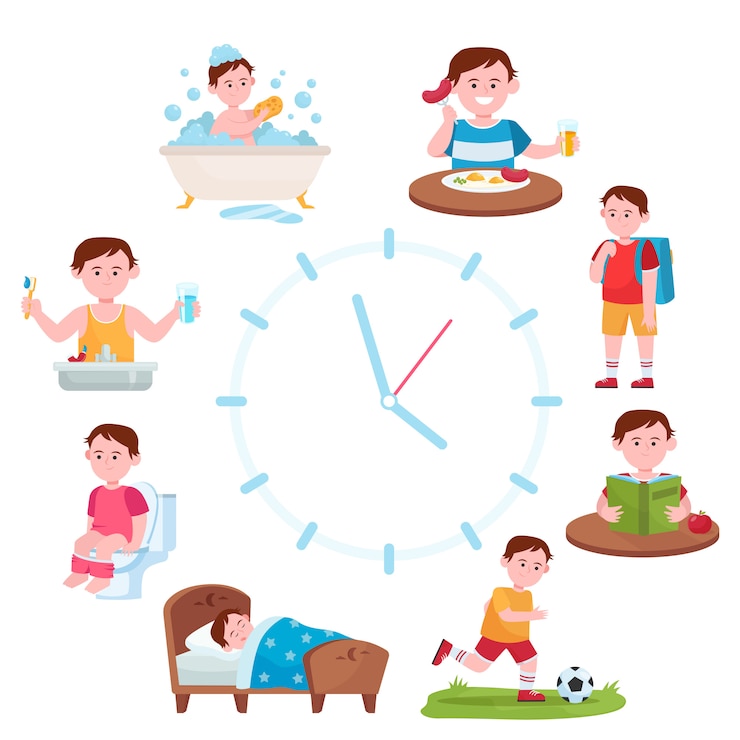
Discover 75 science-backed calming strategies for kids that are simple and engaging. These techniques not only calm your child during emotional outbursts but also help them develop essential emotional regulation skills. Be sure to download your free printable list of these calming techniques, so you’re prepared whenever anxiety or anger takes over your child.
**Table of Contents**
Emotional regulation is crucial for your child’s development and is a strong predictor of future success. Given that children’s brains, particularly the frontal cortex, are still maturing, it’s no surprise that they often struggle to manage their emotions effectively. Let’s be honest—many adults are still working on this skill too!
One of the best ways you can support your child’s emotional growth is by introducing them to a variety of calming strategies. These strategies do not appear naturally but are developed through trial, error, repetition, and guidance. This intentional practice helps children cultivate strong emotional regulation skills and healthy coping mechanisms.
What sets these calming techniques apart? They are scientifically proven to be effective because they:
1. Are based on the neuroscience of emotional regulation—understanding how your child’s brain processes stress and emotions.
2. Utilize co-regulation, highlighting the importance of supportive interactions with caregivers to help children return to a calm state.
3. Include physical activities that provide organizing and calming sensory input to the brain and nervous system.
To start, consider the transformative power of breathing exercises. They are one of the quickest ways to calm your child’s stress response.
Writing a letter about feelings or challenging topics is another effective method. Plus, essential oils can greatly influence emotions due to their impact on the brain’s olfactory center.
Stress-relief tools like squeeze balls and putty provide calming sensory input, while observing nature or engaging in inversions (hanging upside down) offers mindfulness and relief from stress.
Try engaging your child’s senses: name five things they can see, four they can hear, three they can touch, two they can smell, and one they can taste. This practice helps ground them, pulling focus away from heightened emotions.
Sometimes, just interacting with nature or focusing on gratitude can soothe the brain. Physical positions, like lying face-down (prone position), also help regulate the nervous system.
Reading and cognitive tasks can divert focus from the brain’s emotion center (amygdala) to the ‘thinking center’ (frontal lobes).
Remember, there isn’t a one-size-fits-all strategy when it comes to emotional development. Each child has unique needs that evolve over time. Helping them understand how to care for their brain and body during emotional challenges is vital, and this list of calming techniques is a wonderful starting point.
Don’t forget to grab your free printable list of calming strategies—perfect for quick reference whenever you need it.
About Angela Pruess, LMFT:
Hi, I’m Angela, a Licensed Children’s Mental Health Professional and Positive Parenting Coach. As a mom to spirited children, I learn and grow (and gain a few gray hairs!) every day. My mission is to help every child live their best life, and I believe emotional health is the key to lifelong happiness and success. Learn more about me and the Parents with Confidence Manifesto.



